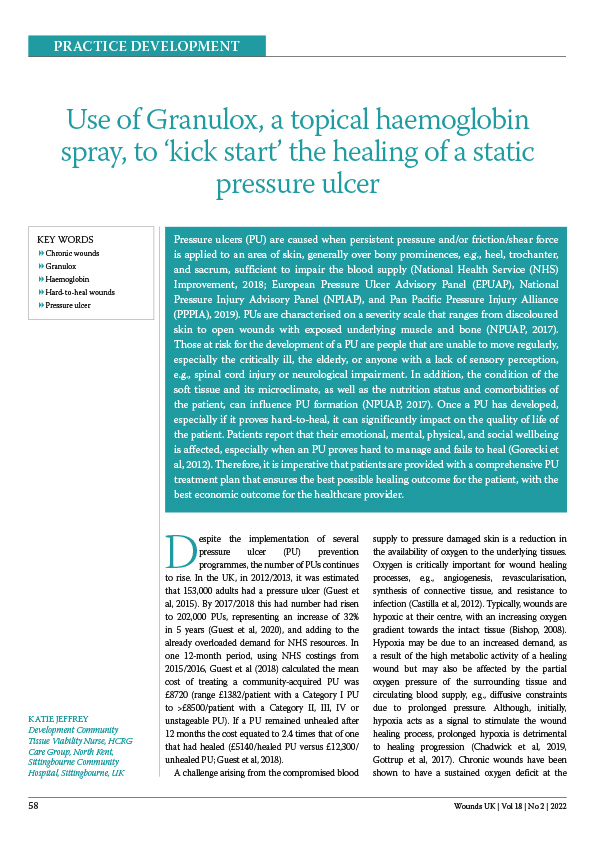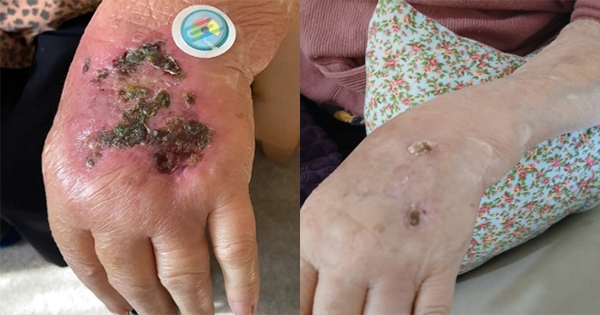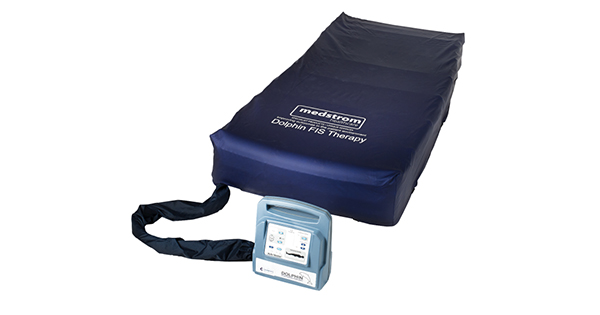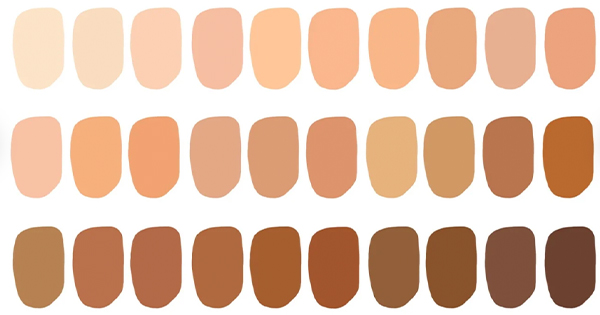Pressure ulcers (PU) are caused when persistent pressure and/or friction/shear force is applied to an area of skin, generally over bony prominences, e.g., heel, trochanter, and sacrum, sufficient to impair the blood supply (National Health Service (NHS) Improvement, 2018; European Pressure Ulcer Advisory Panel (EPUAP), National Pressure Injury Advisory Panel (NPIAP), and Pan Pacific Pressure Injury Alliance (PPPIA), 2019). PUs are characterised on a severity scale that ranges from discoloured skin to open wounds with exposed underlying muscle and bone (NPUAP, 2017). Those at risk for the development of a PU are people that are unable to move regularly, especially the critically ill, the elderly, or anyone with a lack of sensory perception, e.g., spinal cord injury or neurological impairment. In addition, the condition of the soft tissue and its microclimate, as well as the nutrition status and comorbidities of the patient, can influence PU formation (NPUAP, 2017). Once a PU has developed, especially if it proves hard-to-heal, it can significantly impact on the quality of life of the patient. Patients report that their emotional, mental, physical, and social wellbeing is affected, especially when an PU proves hard to manage and fails to heal (Gorecki et al, 2012). Therefore, it is imperative that patients are provided with a comprehensive PU treatment plan that ensures the best possible healing outcome for the patient, with the best economic outcome for the healthcare provider.





